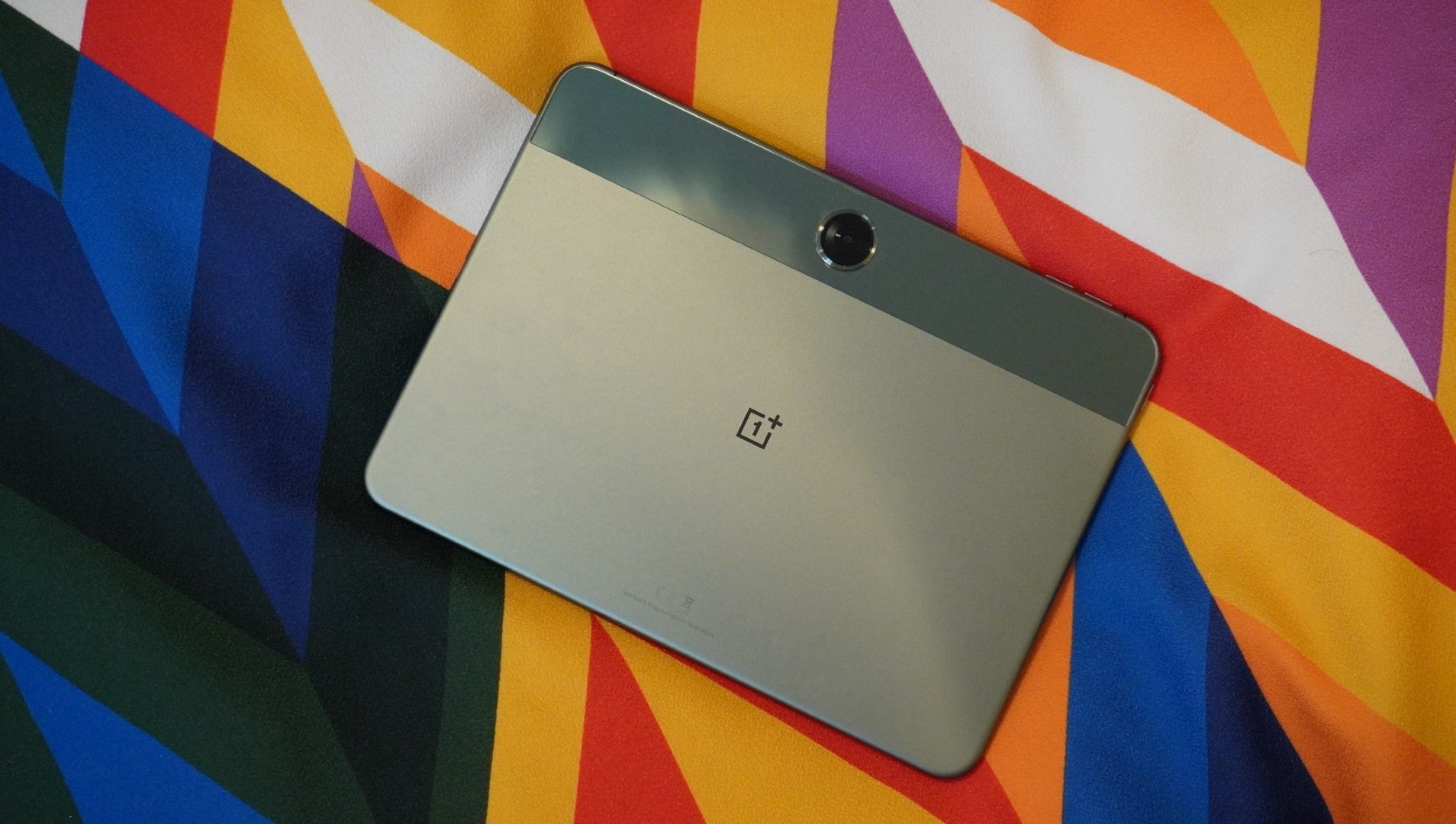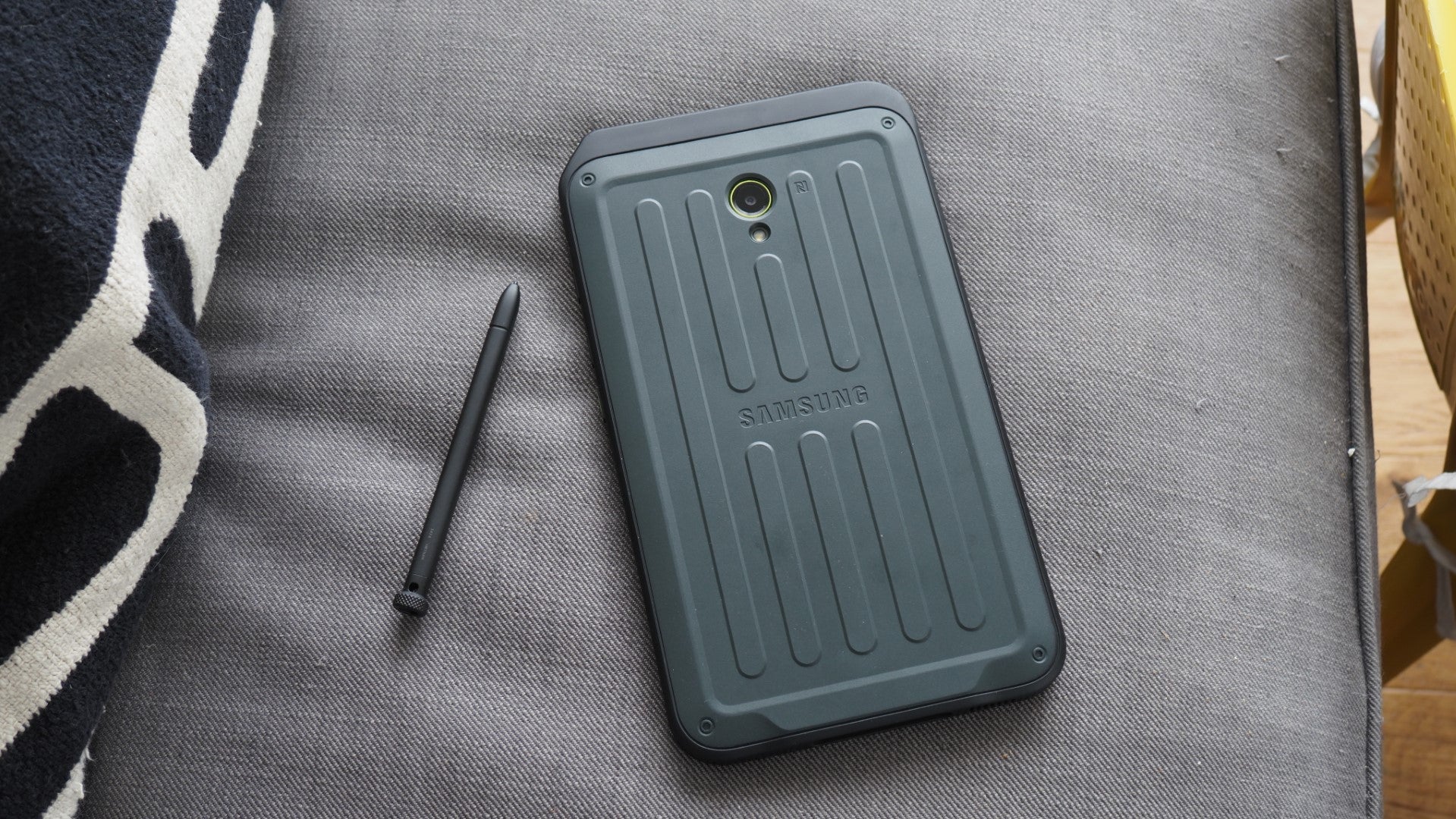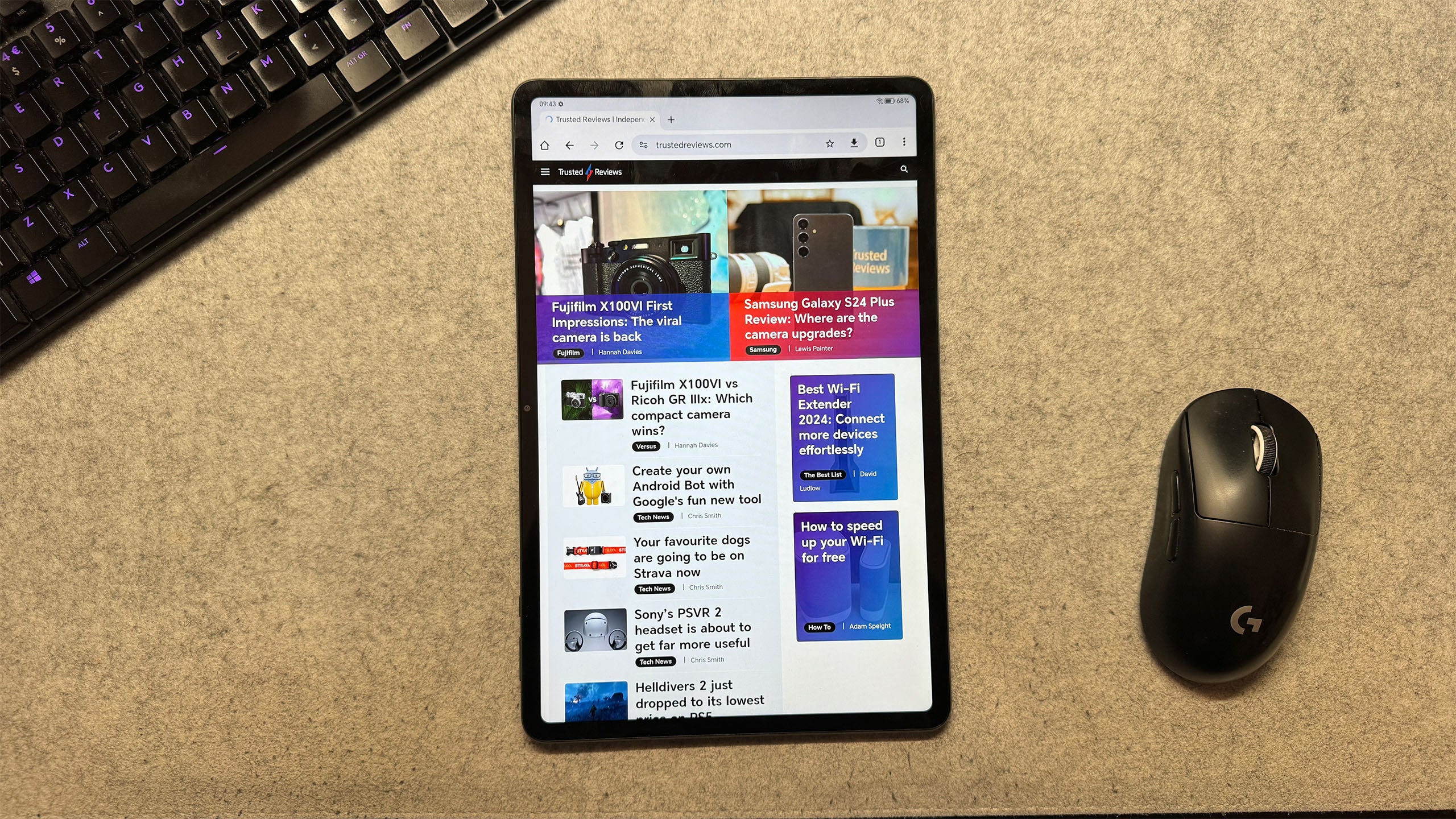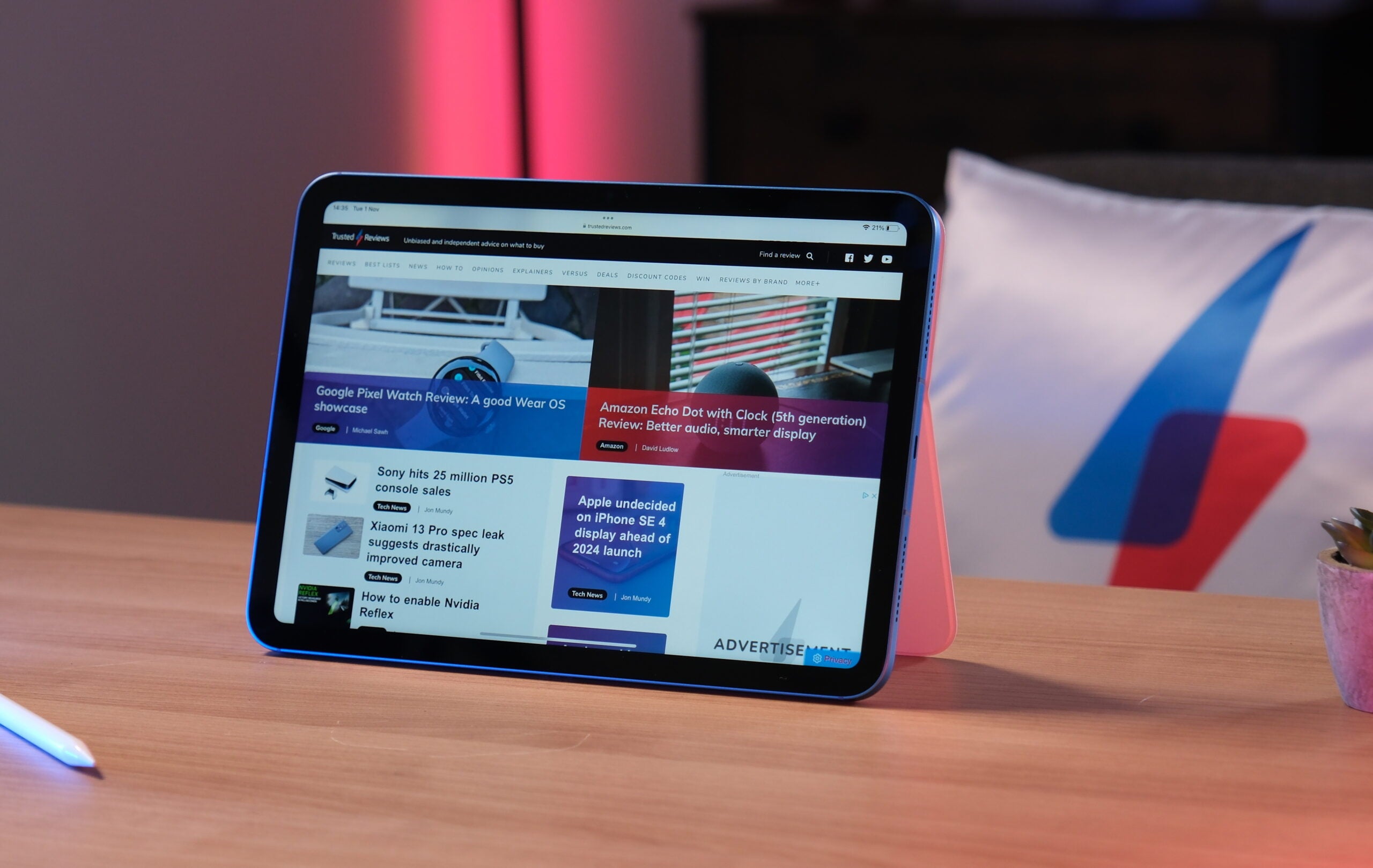Lenovo Smart Paper Review
A digital notebook that's simultaneously comprehensive and limited.

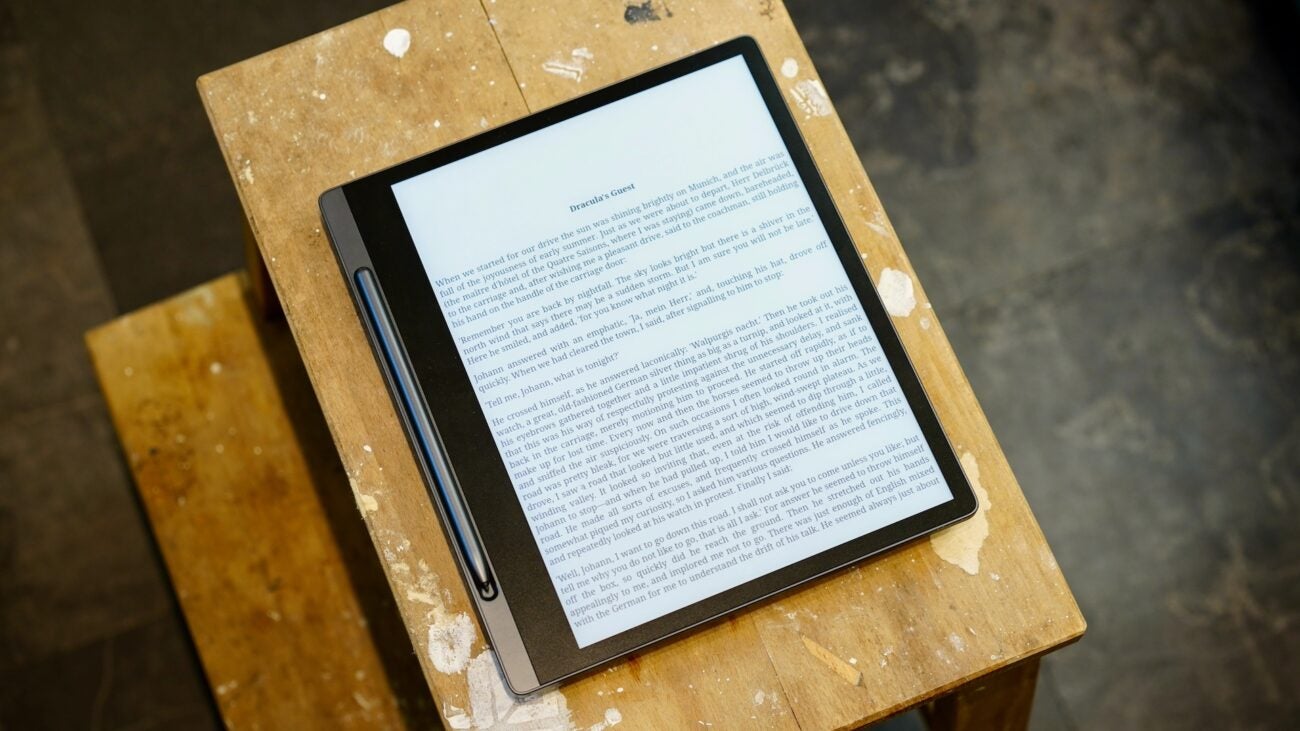
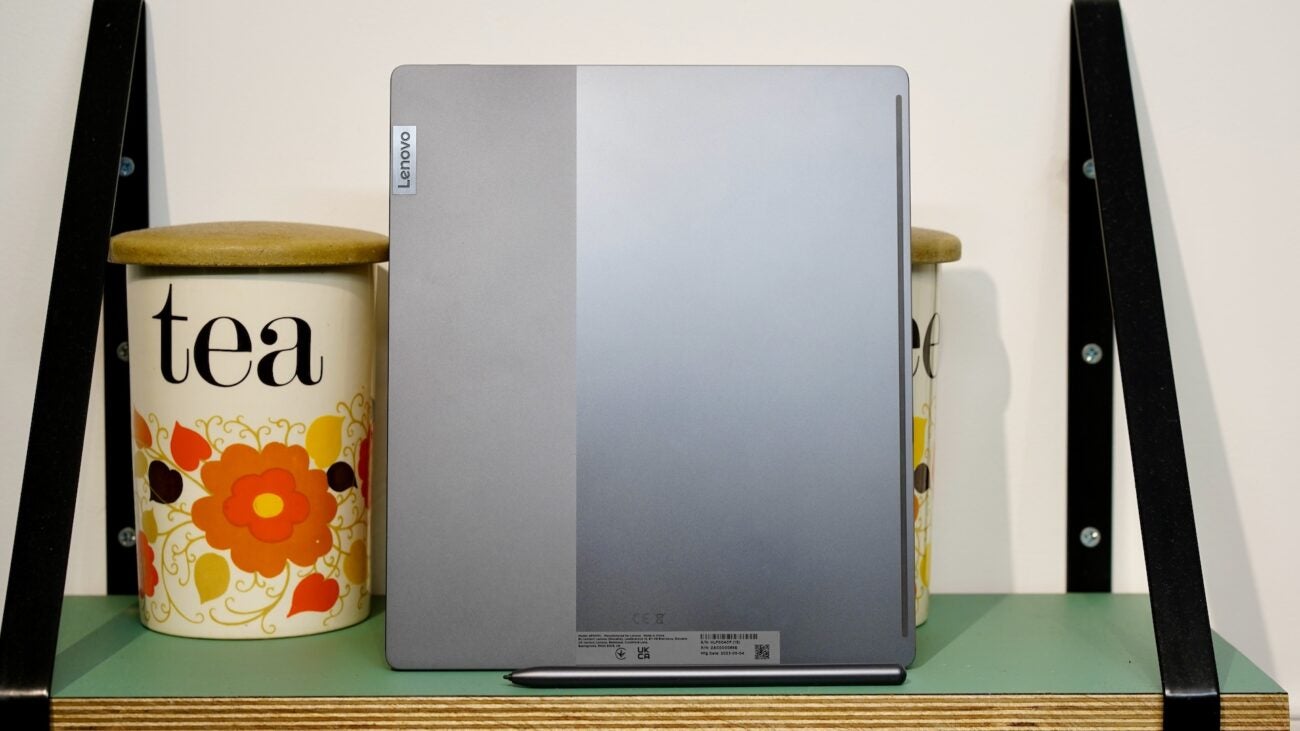
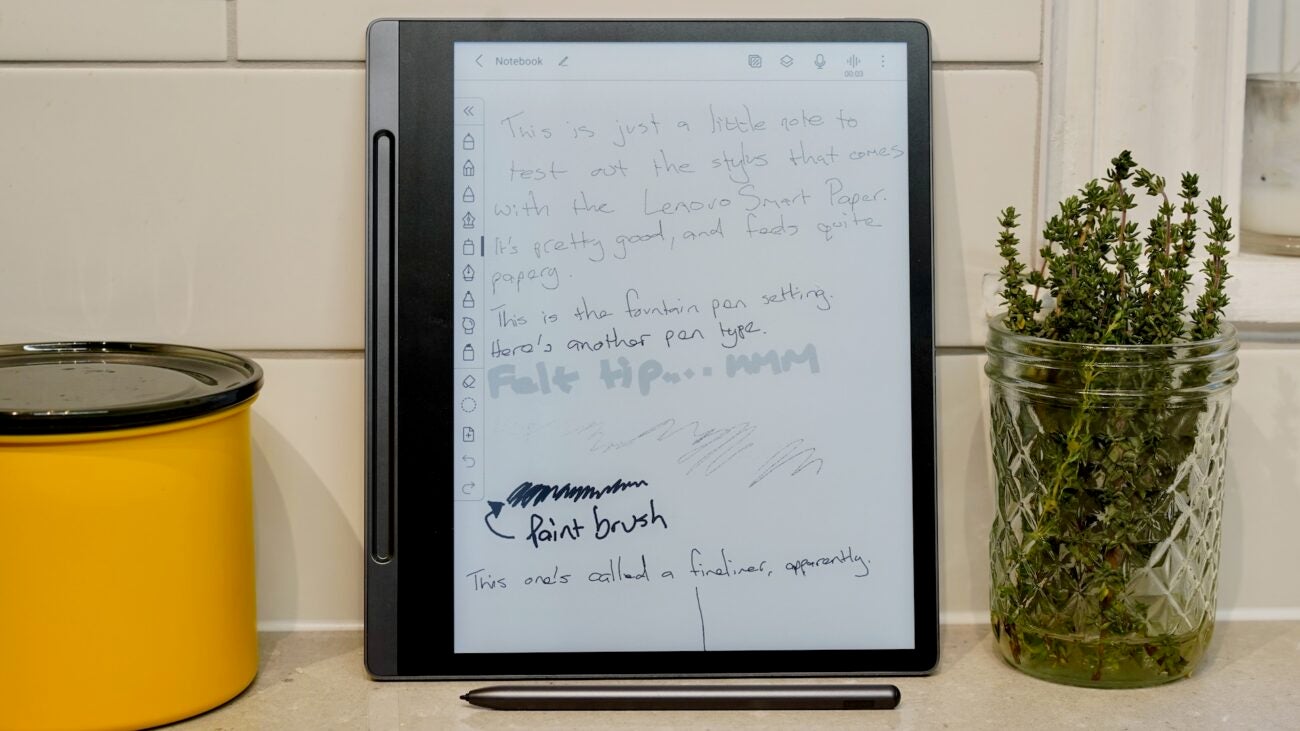
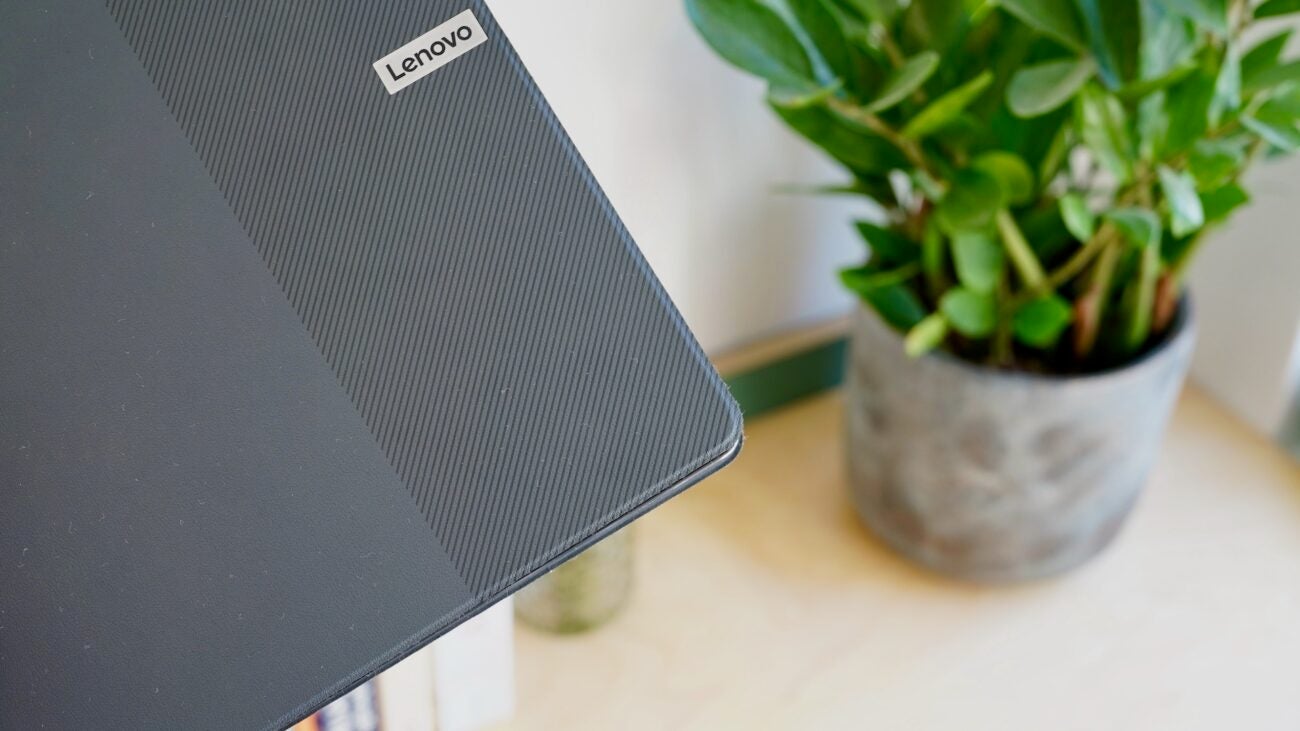
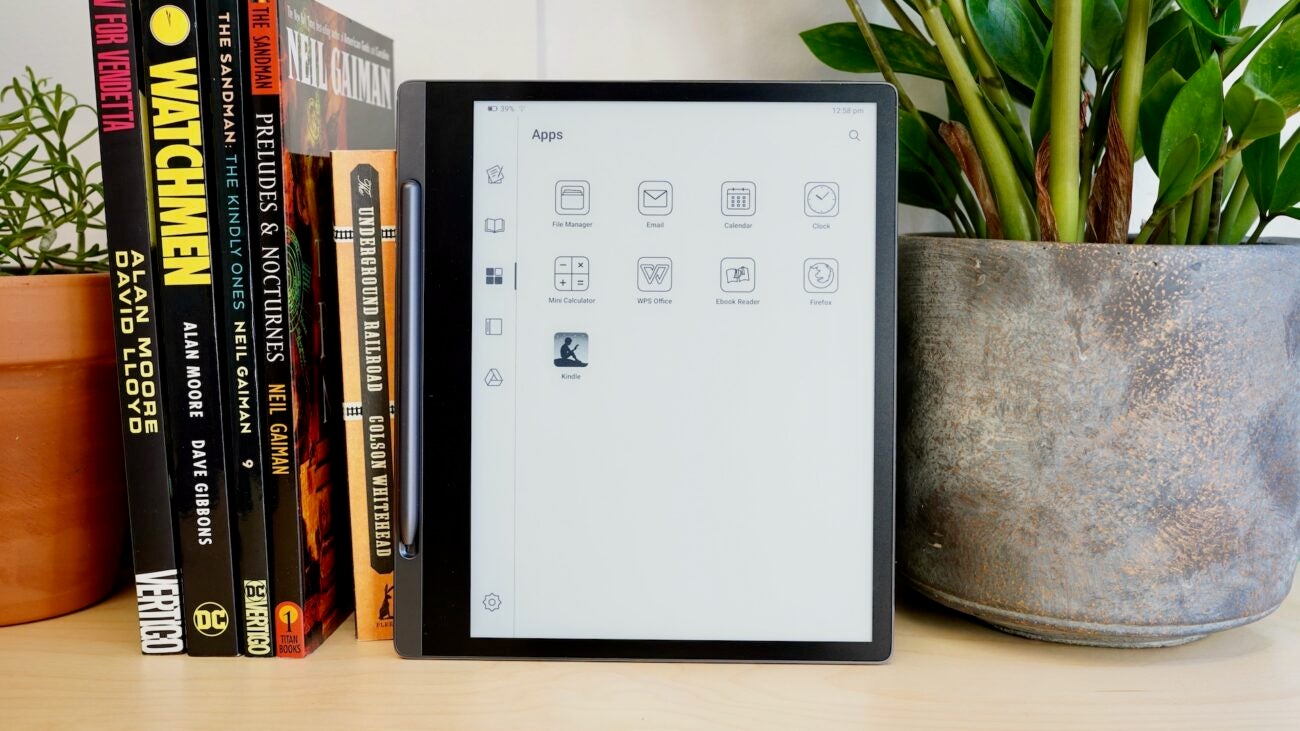
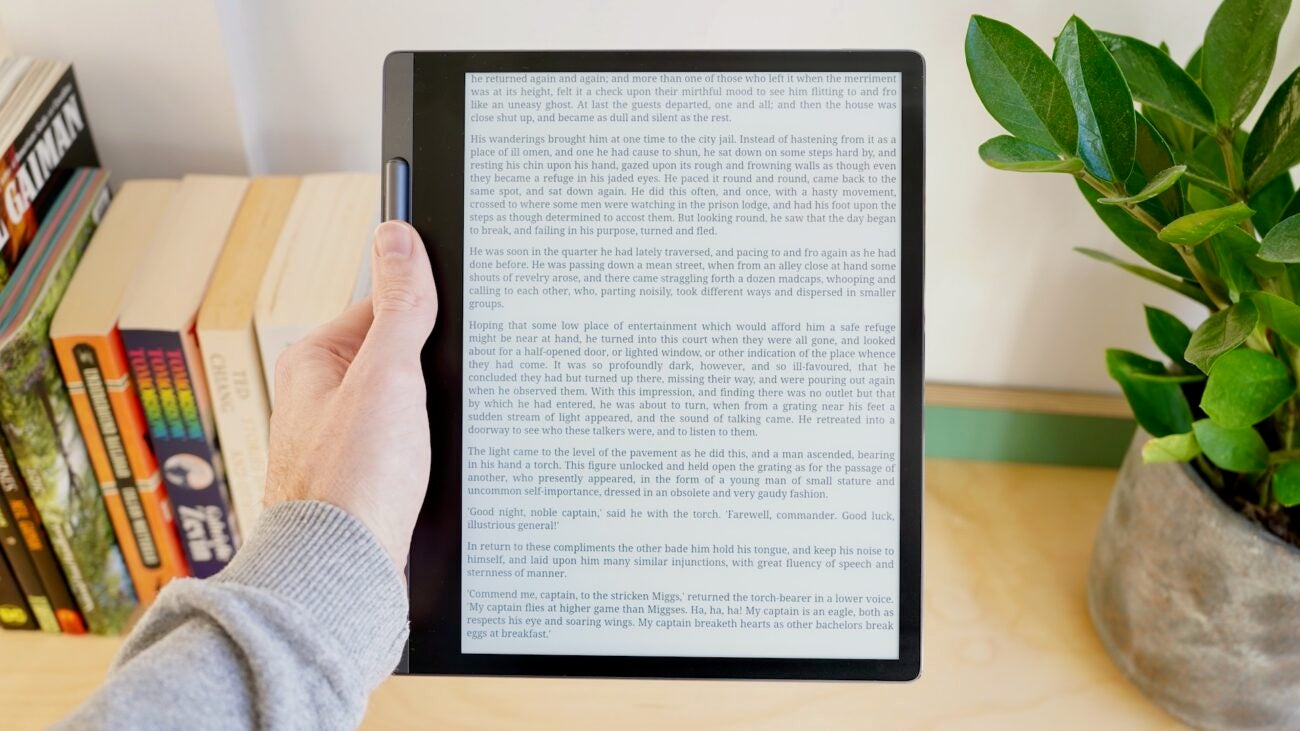
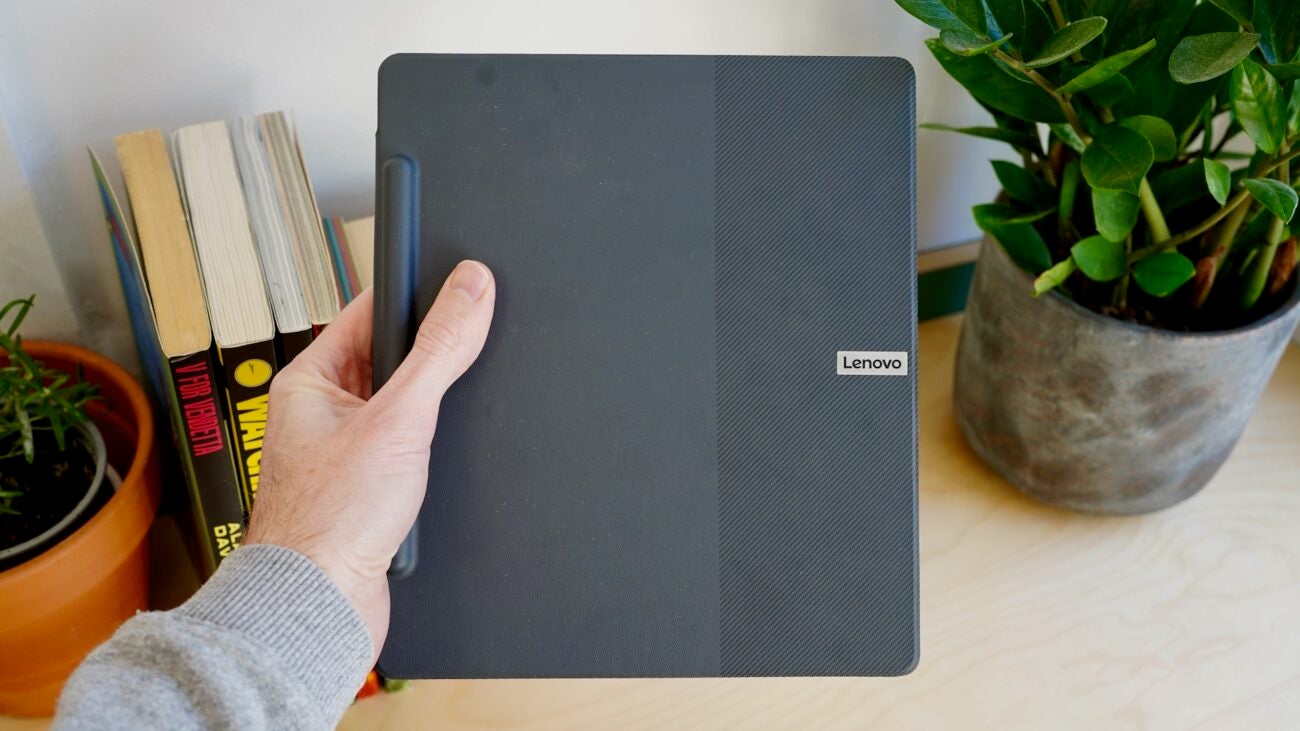
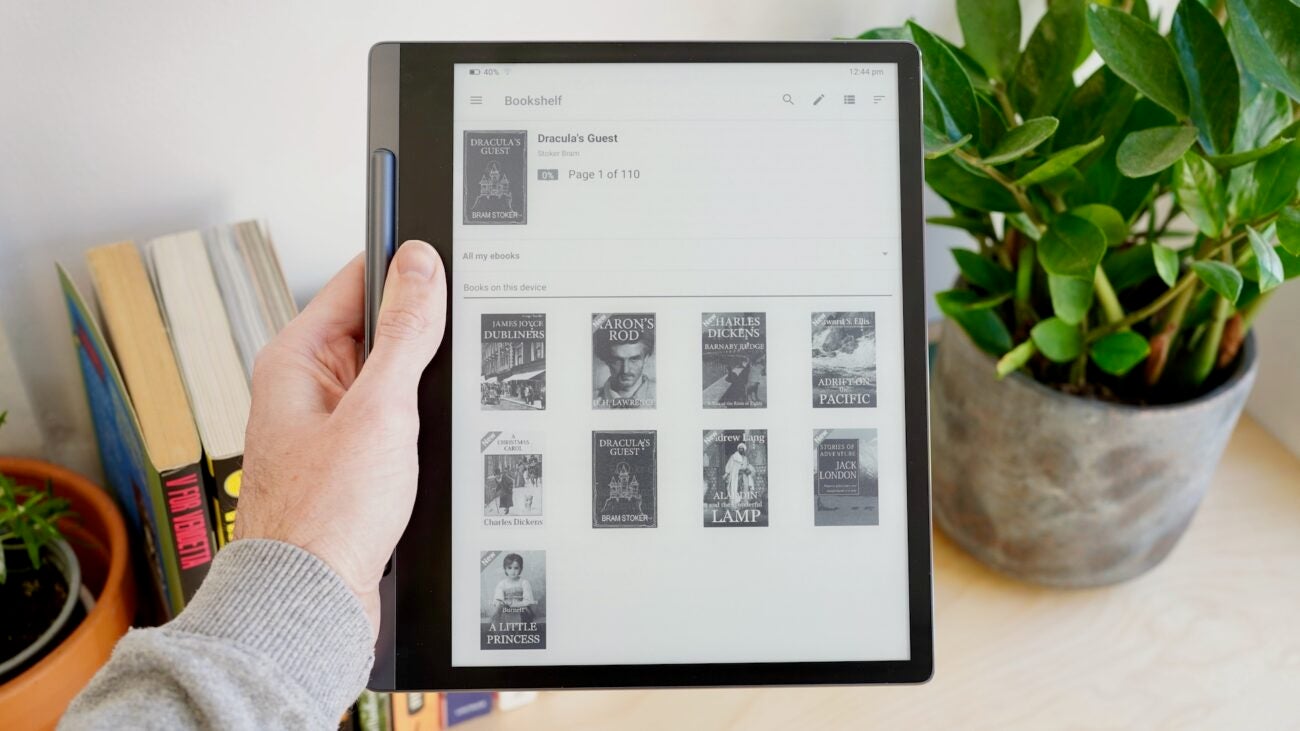
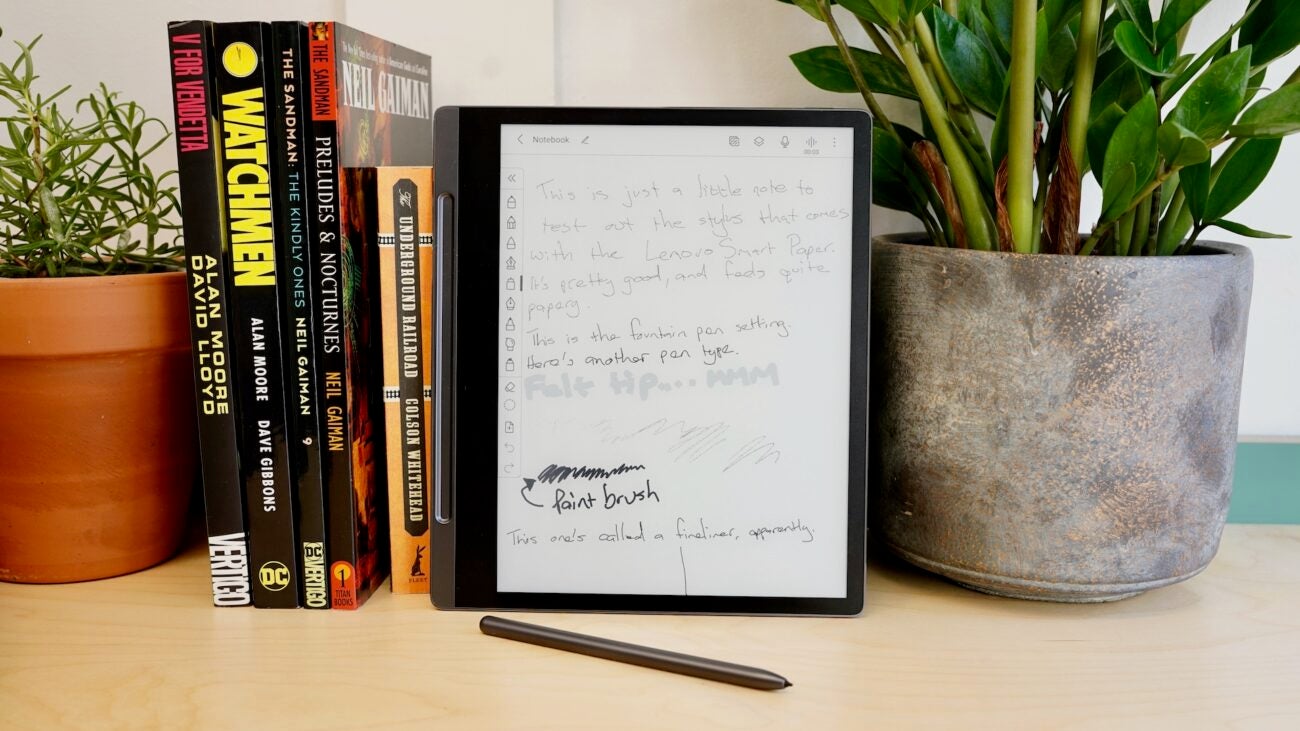
Verdict
The Lenovo Smart Paper is a smart digital notebook with a premium design and a bundled in stylus and case, but a high RRP and a somewhat inflexible nature drop it behind the competition.
Pros
- Slim, premium design
- Pen and case included
- Strong writing experience
Cons
- Expensive
- Restrictive cloud pricing
- Limited eBook provision
Key Features
- Android operating systemThe software here is a very customised version of Android
- Pen and folio includedNo need to buy the accessories separately as they come in the box
- Built for notesExcellent 10.3-inch E Ink display and responsive stylus
Introduction
Lenovo describes the Smart Paper as “your go-to device for note-taking, reading, & sketching”, and the ordering of that description is telling.
This 10.3-inch E Ink tablet is not intended as a traditional Kindle-style eReader. It’s a £450 premium note-taking tool, which places it in the company of the Onyx Boox Note Air 2 Plus, and makes it way more expensive than the £300-ish Remarkable 2, Kobo Elipsa 2E, and Amazon Kindle Scribe.
There’s undoubtedly a market for such devices. The question is, does the Lenovo Smart Paper do enough to distinguish itself from those accomplished (and often cheaper) rivals?
Design
- Slim, premium all-metal body
- 408g and 5.5mm thick
- Bundled case
It might be a relatively young sub-category of the eReader genre, but the ideal form factor for the digital notebook already appears to be a settled matter.
Lenovo hasn’t tried to reinvent the wheel with the Smart Paper. It sticks to the basic look and feel of the Remarkable 2 and the Kindle Scribe – a large but skinny 10-inch tablet with an asymmetrical bezel enabling an easy one-handed grip.
At just 5.5mm thick, it’s way thinner than the Kobo Elipsa 2E and slightly thinner than the Kindle Scribe, yet slightly thicker than the 4.7mm Remarkable 2. It’s one of the lighter digital notebooks out there at just 408g, though again it’s somewhat undercut by the Remarkable 2 and the Elipsa 2E.
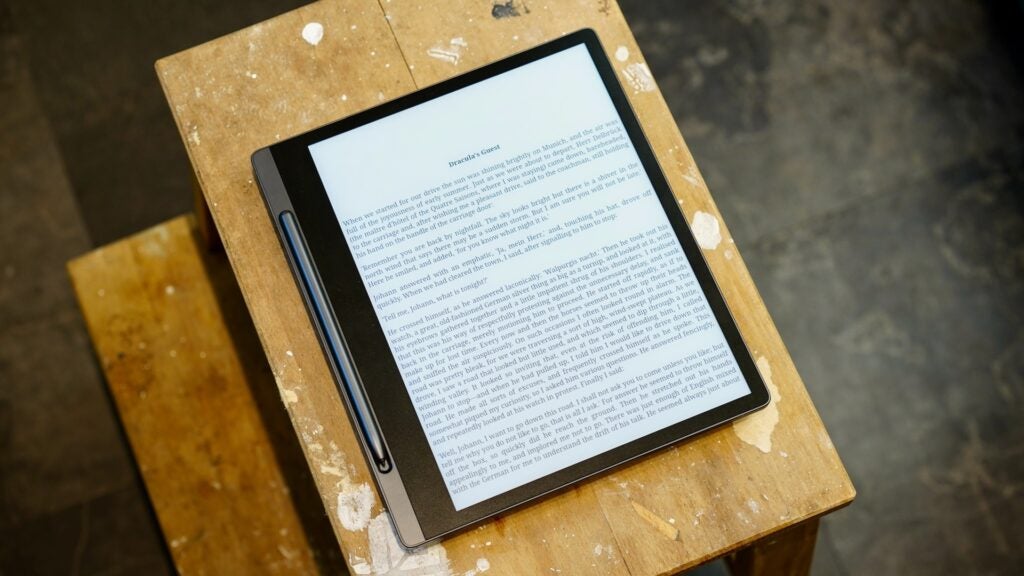
I appreciated Lenovo’s decision to go with an all-metal body. It lends the Smart Paper a classy, professional feel more in keeping with the Kindle Scribe than the Kobo Elipsa 2E.
It keeps things nice and minimalist on the front, with nary a sign of any branding and a contrasting black and grey finish. The only notable design feature, really, is the little magnetised trough that’s been dug out to hold the stylus when not in use. I thought this might prove annoying when holding the Smart Paper for reading tasks, but I actually came to like the solid rest and additional purchase it provided.
There’s a small power button to the right of the top edge, and a USB-C power at the bottom of the left edge. That’s it for points of interest, other than a metallic Lenovo logo and a ‘two tones of grey’ finish to the rear. This really is a very pared-down design.
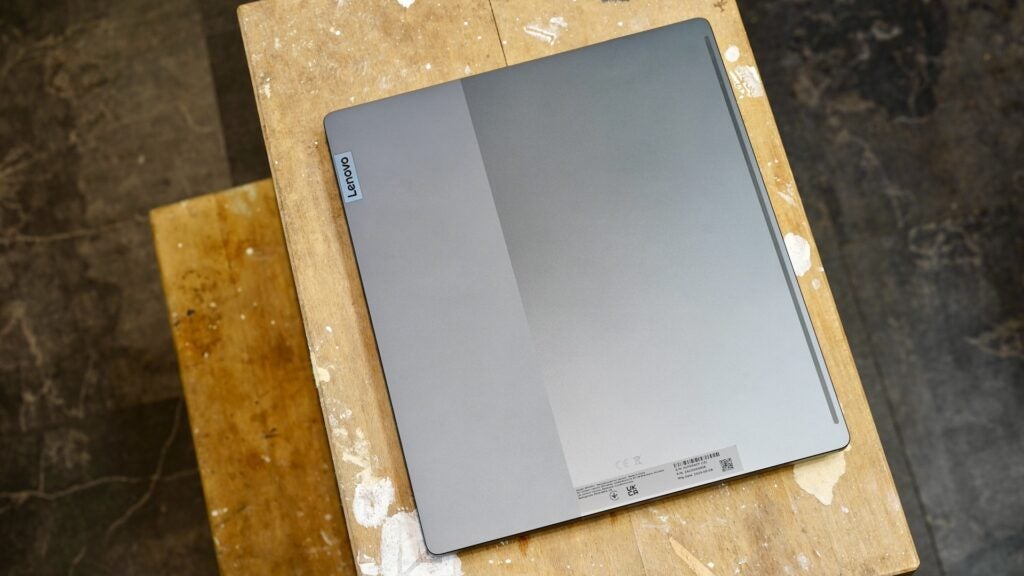
One of the main ways in which Lenovo can perhaps justify the price of the Smart Paper (other than its premium build) over those cheaper rivals is that it has bundled a case in. It’s one of the more elegantly faff-free examples, with a folio form factor that operates entirely through magnets, making it extremely easy to pop the device in and out.
This also makes me fear for its effectiveness in a drop situation. Obviously I didn’t dare test this, but it feels as if the right (or wrong) sort of droppage would lead to the Smart Paper flying free of its protective case.
Conversely, the way the stylus slots into a protective alcove in the case suggests that it might prove some form of anchor point in such a scenario. Either way, it’s a welcome addition, though as it’s not essential to the overall function of the device, I would have preferred the choice of a cheaper package without the case.
I did notice that holding the Smart Paper in its case with my left hand, using the pen bump as a natural thumb grip, caused the front cover to twist and shift up, exposing the lower right corner of the device. It could perhaps do with some added spine rigidity, or else stronger cover magnets.
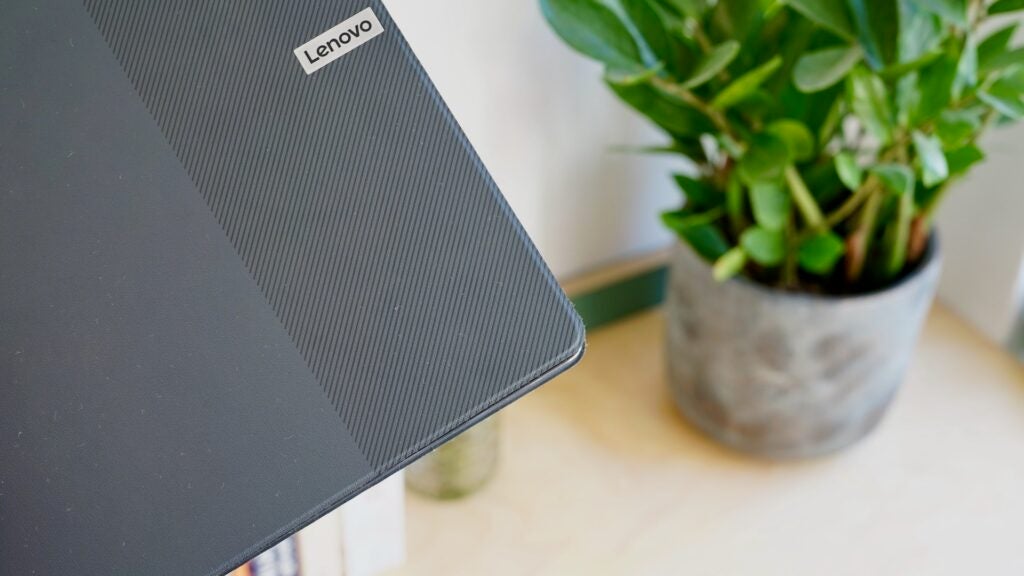
Screen and pen
- 10.3-inch E Ink screen
- 227 PPI
- Lenovo Smart Paper Pen included
The Lenovo Smart Paper packs a 10.3-inch E Ink screen with a 1404 x 1872 resolution, resulting in a pixel density of 227 PPI. That’s the same as the Remarkable 2 and the Kobo Elipsa 2E, but well short of the 300 PPI Kindle Scribe.
It’s a nice canvas on which to read and write, but if you have any wider experience with the format, you will notice that it’s not quite the sharpest.
Lenovo has included a backlight, so the Smart Paper is usable in darker scenarios, unlike the Remarkable 2. It’s not actually a massively essential feature – this is a writing and sketching tool, and no one does that in the dark – but it’s nice to have nonetheless.
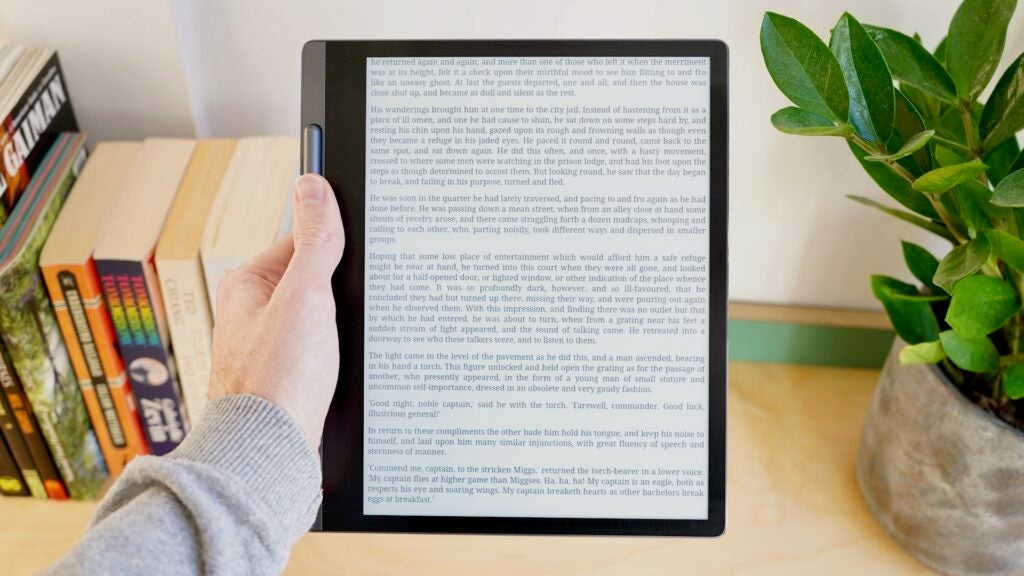
We’ve mentioned that writing is the primary function of the Smart Paper, so it’s only fitting that Lenovo bundles in a stylus. The Lenovo Smart Paper Pen is very accomplished, with 4,096 levels of pressure and a premium pen-like feel. At 15g, there’s a nice weight to it whilst writing, and the Smart Paper’s matte display provides a pleasing degree of resistance.
Latency is at a speedy-enough 25ms, so there isn’t too much lag when scrawling. All in all, it’s an agreeably natural feel that lets you produce neat handwriting – or as neat as you would normally manage with a pen and paper, at least.
Electro-magnetic resonance technology means that you’ll never need to charge the Lenovo Smart Paper Pen either, which is another friction-reducing measure to add to the lack of buttons. Some may miss the provision of an ‘eraser’ on the back of the pen, but I kind of appreciated the no-nonsense simplicity.
In practical terms, I did miss the ability to intuitively annotate eBooks with highlights and scribbles in the margin, which you can do readily with the Kobo Elipsa 2E.
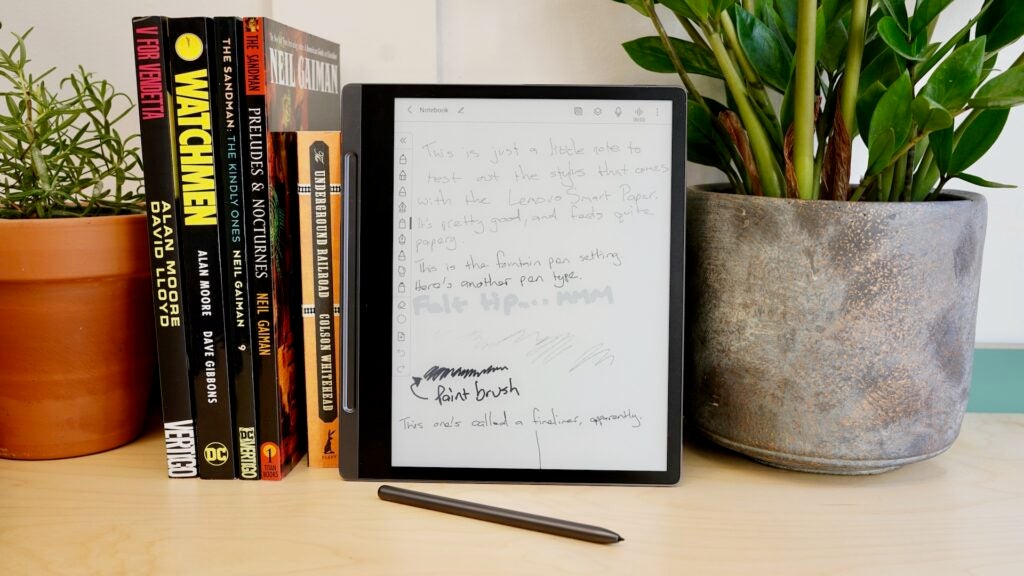
Features and performance
- 1.8GHz Rockchip RK3566
- 4GB RAM, 64GB storage
- Clean, stripped-back Android UI
- Ludicrously restrictive cloud storage subscription options
The Lenovo Smart Paper runs on a Rockchip RK3566 processor running at 1.80GHz. It’s far from the speediest component out there, but then you don’t buy such an E Ink device for raw performance.
It’s generally good enough for the limited tasks it sets out to master, with smooth handwriting to the fore. Flipping between pages in ebooks isn’t the smoothest or speediest experience, but then, show me an eReader that does provide such a thing.
You get 4GB of LPDDR4X RAM here, which is ample for such a limited device, and 64GB of storage as standard. Wi-Fi and Bluetooth 5.2 connectivity are also included. The latter is handy, as there are no speakers and no 3.5mm headphone jack if you want to output any audio.
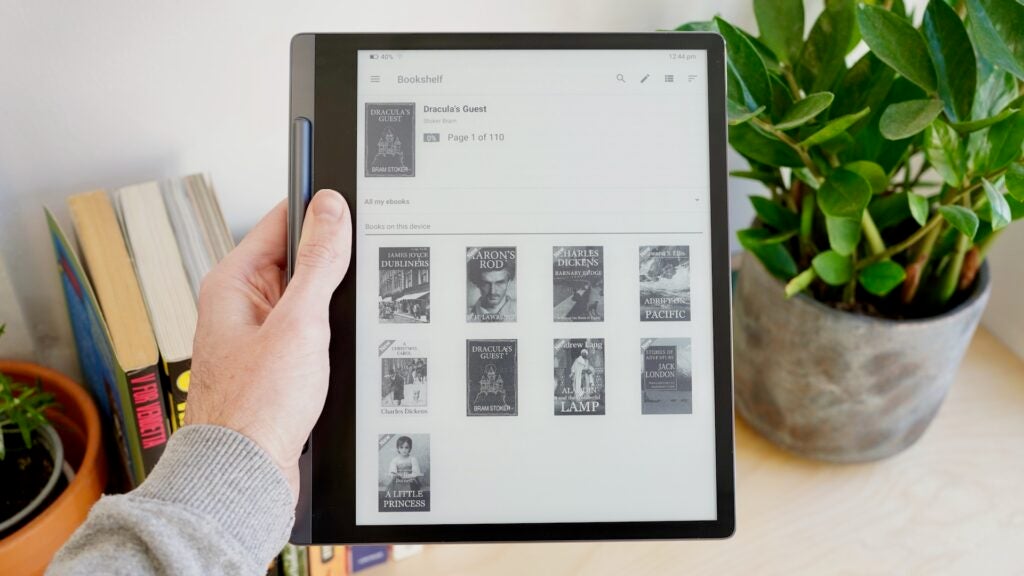
Intriguingly, Lenovo has turned to a version of Android to run the Smart Paper’s UI. It’s a heavily streamlined, nigh-on unrecognisable take on Google’s mobile OS, though. You don’t get access to the Google Play Store, unlike the Onyx Boox range.
It’s perhaps most apparent in the gesture-based UI and the drop-down control centre pane. Otherwise, this is a sparse, monochrome interface. On the home screen, there’s a simple row of tabs down the left side, including Notebook, Library (for your ebooks), Apps (email, calculator etc), My Device (essentially a Files section), and one for Google Drive.
The latter function didn’t seem to work at all for me on repeated attempts. What’s more, Lenovo’s own Cloud Drive setup is deeply problematic.
For one thing, it requires you to download a mobile app to sign into. For another, you’re seemingly unable to subscribe using an iPhone.
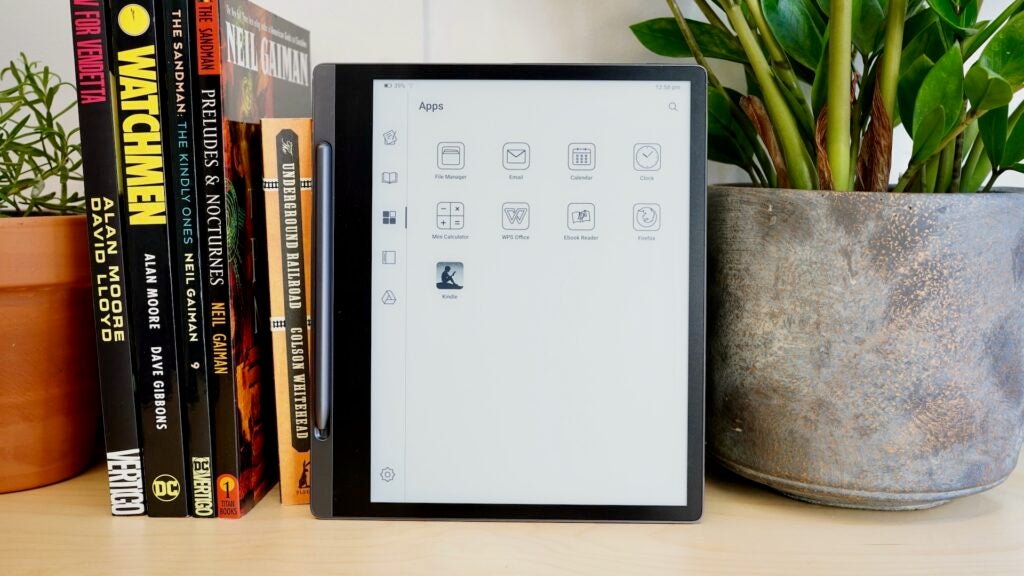
Ah yes, the subscription model. Once I’d booted up an Android version of the Lenovo Smart Paper app and successfully signed in, I was able to purchase some cloud storage, but at £8.99 for 5GB across three months, it’s no one’s idea of good value.
There are similarly questionable charges for functions such as speech transcription and translation, on an hourly or per-character basis.
Away from these prohibitively restrictive tiers, the Lenovo Smart Paper provides solid offline handwriting recognition. It takes a while to process, but it accurately turned my handwritten scrawl into digital text with relatively few errors.
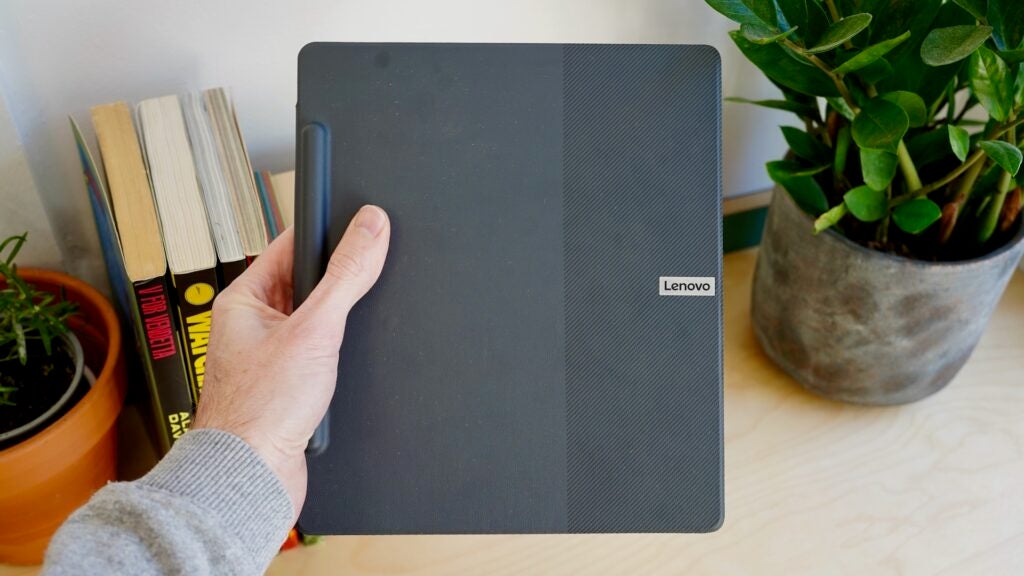
When you do want to use the Smart Paper as an eReader, there’s access to eBooks.com. If your eBooks are located elsewhere, you’ll need to go through the convoluted process of using the preinstalled Firefox browser to sideload the app of your choice.
Yes, that’s a major benefit of using Android, and I was able to get Kindle up and running using an established online independent app store. But I suspect that your average Smart Paper customer won’t be minded to pursue such a course, especially as web browsing on any device like this is a truly horrible experience.
Battery life
- Long battery life
- 10W charging
Battery life is predictably epic from this 3500mAh cell. Like all of its rivals, Lenovo promises “battery that lasts for weeks”, or “8,500 pages of reading time”, and I certainly wasn’t able to run through an entire charge in the week or so of casual usage I had it for. It lost about 6% in two days.
There’s a 10W power adapter in the box, which is ample for a device of this type. The occasional overnight charge is the order of the day here, while having 20% left in the tank will still get you through a couple of hours of reading.
Latest deals
Should you buy it?
You want an all-inclusive portable notepad
The Lenovo Smart Paper gives you everything out of the box, including a stylus and a protective folio case.
You’re after value for money
The Lenovo Smart Paper is one of the more expensive digital notebooks on the market.
Final Thoughts
The Lenovo Smart Paper is a well-built, smartly designed digital notebook that gives you everything you need straight out of the gate – at least from a hardware perspective.
Besides a strong backlit screen, you get a fine stylus and a decent case in every box. It’s right up there with the best of its rivals from this perspective. Stir in a clean Android-based UI, and the Smart Paper is on its way to contender status.
However, the whole package is shot through with a lack of flexibility. This ranges from a higher price tag with no option to lose the case, to a prohibitive cloud storage subscription model and a limited eBook provision.
It’s a high-quality example of the format, but the Lenovo Smart Paper feels a little too inaccessible compared to some of its more inviting competition.
How we test
We test every e-reader we review thoroughly. We use the device over the review period. We’ll always tell you what we find and we never, ever, accept money to review a product.
Tested for two weeks
Read books to test battery life
Annotated and doodled to test the stylus
FAQs
Yes, a 10W charger with a USB-C cable
Yes, you get a cover bundled directly into the box

